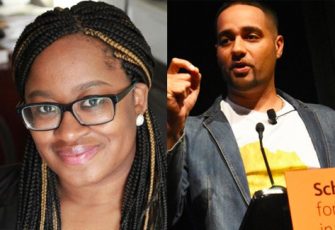 On June 5, the weekly People’s Historians Online session addressed the nation-wide rebellion against police violence with a conversation between Keisha N. Blain and Jesse Hagopian.
On June 5, the weekly People’s Historians Online session addressed the nation-wide rebellion against police violence with a conversation between Keisha N. Blain and Jesse Hagopian.
During the session, Blain and Hagopian addressed the role of police throughout U.S. history, the connection between lynching and police brutality, and the importance of highlighting stories of resistance, particularly by women of color in the fight for human rights. Here are just a few reflections from participants on what they learned. (More reflections at the end of this page.)
I have never thought about “policing” as having a history. I know that sounds weird, but it never occurred to me to look at the history of law enforcement in the United States in order to understand this 2020 uprising. I will absolutely begin this study right away!
I appreciated all the teaching resources provided; I look forward to using them in my future classroom, and I take seriously the charge to reframe the telling of history with people of color as agents of change, not just victims of oppression.
The important absolutely necessary reminder that there is always resistance in play and to always balance the oppressive content with the resistance; and the history of policing, and connecting that to militarism in the United States since the founding of the nation with the genocide of Indigenous nations.
The origins of the police related to slave patrols. I will work to incorporate this long history into how I teach about police brutality toward Black people.
When Dr. Blain mentioned the “mothers of the movement” I immediately thought of Trayvon Martin’s mother . . . but she talked about the mothers of Eleanor Bumpers and Perry . . . stories from the ’80s. This was a reminder to me that understanding the depth of our organizing around policing is important, and that our organizing can be seen in every era, every decade.
One thing that stood out to me is the key leadership of women in social movements, especially the women in the Women’s National Basketball Association (WNBA), which I had not heard about before. I want to incorporate more Black women’s voices when I teach about the Civil Rights Movement and resistance to oppression. I am excited to explore the Ida B. Wells resources that were shared too.
Below, find highlights of the session, a full video recording, recommended resources, and participant feedback.
Video
Video of the full event, except the breakout sessions.
Resources
Here are many of the resources recommended by the presenters and also by participants in the chatbox. More resources from this session are posted at Teach the History of Policing.
Participant Reflections
Here are some of the responses by participants from the session evaluation.
What was learned
Responses to the question: What was the most important thing (story, idea) you learned today and what may you do with what you learned?
Recentering our history and education around resistance and creativity instead of just the oppression or violence forced on Black communities and individuals. The importance of the role of police throughout history and the importance of primary sources in creating context between events.
Resources and insight to be able to have a large group conversation with students and colleagues — particularly in response to/countering the ideology of those who have family members who are cops and might be really struggling to understand this fight/rebellion/movement for justice.
Keisha’s idea of using primary resources about the history and impact of lynching and juxtaposing those to contemporary articles and speeches on police violence/brutality.
Emphasis on the importance of teaching the history of resistance so our students can see the history of police, but have it combined with themes of resistance, empowerment, and hope so it can inspire their organizing.
Depicting agents of change, instead of purely victimization history that reinforces and furthers trauma and takes power from the students.
I have been looking for how to better understand the history of the police to deconstruct my understanding. I will be doing more work on how the police have impacted our kids of color and communities of color.
A reminder of the role of Black women (Wells and Hamer) in the early police abolitionist movement. I need to read and learn more.
I need to include the history of policing in my U.S. History course.
Dr. Blaine shared how to teach with the Red Report and current writings as paired texts!! Going to try that next week.
I loved hearing Dr. Blaine discuss Ida B. Wells and Fannie Lou Hamer and her ideas of having students go straight to the source and read/listen to their own words about their activism. Agency. Connecting not just the struggle over time, but lifting the examples of students/young people/ and organizers so that they have the power to make a change. I am refreshed and committed.
As a social studies teacher, learning about and getting resources on the history of policing and the slave patrols will be invaluable for my teaching.
Encouragement from peers to keep pushing forward in progressive curriculum and curriculum hacks.
Gaining students’ trust prior to these lessons.
The Charleston Curriculum. The community. The energy.
Incorporating the history of policing into my curriculum, making sure that students understand the connection between police violence and civil rights (now and then).
From the talk I learned to equate lynching with current police murders; use for discussion. During the breakout I learned ways I can participate in the protests when I can’t do so physically due to disability.
The committed devotion and critical consciousness of Jesse and Keisha and the evident work in self-actualization that they have done. Especially Jesse as a father and educator and activist.
The idea that police killings function as lynchings, with the same result, and with the public spectacle also there.
In our small group, a fellow teacher pondered about the role of the gap between life experiences of people of color and our curriculum in our classrooms . . . does the root of many of our problems lie in that gap? I will be thinking about this for a while and working through how to best address that gap.
I teach US and AP US History and the only narrative I’ve come across is the “bad apple” and especially the “bad Southern apple,” which makes systemic racism invisible.
I liked the idea to compare the work of Fannie Lou Hamer with Tamika Mallory, tying in history with the current day is always a great way to get students engaged.
Reframing the (damn looting) conversation with historical examples and stories of structural racism . . . . Ida B Wells, student-athletes, roots of police violence, so much more.
I am thinking about Dr. Blain’s discussion of bridging the early activism of women/mothers with that of modern activism.
To get out of the “it’s just one bad apple” story line and focus on structural racism. To learn more about the history of policing so I can teach more accurately.
The question that interested me the most was whether or not police killings are essentially lynchings.
Incorporating trauma-informed practices when we teach traumatizing history (still need help with HOW to do this, but reminded of the importance of paying attention to this).
Making explicit the connections between the racist and oppressive history and role of the police in the contemporary uprisings
The history and root of policing based on slave patrols designed to control Black lives.
The most important part of today’s session was the question: How does the history of policing show up in your curriculum? That history is absent from my curriculum and my teaching. I know that I have to provide this important historical context for my students so that they can understand the movement today for Black lives.
It is the teachers who are uncomfortable with complicated/difficult topics, not the students.
I learned that I need to examine all books about police that I use with my students, as well as how it is considered as a career option to youngsters. I also need to educate myself on the history of policing.
There are so many valuable resources out there to teach history, to teach life, and they do not make it into school mandated curricula. We need to bring it ourselves until publishers are demanded to include them.
Educators have a critical role to ensure students understand the roots and historical evolution of policing in order to place it as a structural/systemic problem rather than the propensity to see lynchings as isolated events or as the “bad apples” rhetoric.
Dr. Blain’s ideas about understanding the role of spectacle in police brutality — drawing connections between state-sanctioned violence in the form of lynchings and police killings. As a teacher of media studies, I want to challenge my students to deconstruct the messages embedded in all media in order to understand themselves and the world around them better. As a high school teacher at an international school in Tokyo, I encourage my students to make connections between the ongoing fight for civil rights in the United States and their own lives in Japan.
The importance of teaching historical foundations of police — the origins of policing, its functions, and its role in society.
I appreciated the explanation of the origins of policing in the U.S. and its link to the atrocities as well as the general misconduct of modern-day police. I also appreciated the raising of Ida B. Wells and others that fought against lynching and its support by law enforcement.
I learned how troubling the origins of police in U.S. are. Somehow I thought the establishment of police had more to do with protecting private property (which unfortunately enslaved people were considered to be).
That “lynching” is used to apply to “state-sanctioned violence.”
I learned about the Red Record and ad databases (patrol) to share primary sources.
The suggestion to compare and contrast the writings of Black women freedom fighters like Ida B. Wells and Fannie Lou Hamer against current op-eds and speeches from freedom fighters like Tamika Mallory or Bree Newsome was such a great idea! I definitely want to use those framing structures to get students to think more critically about their role in the current state of affairs.
I need to immediately start referring to this as a Rebellion in my discussions with my students. I need to read more for my own background knowledge so I can present it in-depth and expertly to my students, I need to incorporate police brutality and resistance in all of my history units.
Teaching the current movement in the context of other historical movements (slave patrols, Black codes, 1935 women protesting in England).
The direct connection between slave catchers and today’s policing, the transnational nature of Black organizing and movements (historically and today), reminders about the importance and significance of naming (civil rights, human rights).
The reminder again that it is critical when teaching about oppression to also teach about rebellion and JOY. It is a good thing to hear over and over again and to keep working to teach that way.
The format.
I appreciated the practicality of the session and the breakout rooms.
The really liked the breakout rooms. I wish we had a few more minutes, which is a good sign that it was probably close to the right amount of time.
The breakout room, with teachers outside of my context, was critical. I knew to step outside my school community and hear from more voices and perspectives.
I loved the breakout groups after listening to their discussion. Having the chat was very helpful too.
This is the second session I’ve attended (Black Panther women was the first). The breakout groups are a valuable tool to allow participants to share ideas and meet others.
The format is consistently amazing. I love how you explained the pedagogical reason behind the breakout groups. Would love to have more time with them, since we only go through the first question this time, but don’t want to lose any of the main conversation time!
I thought it went well this time, everything went smoothly for me.
All was good. still noticing not all yt participants know to step back. in particular lessons/zooms where we center Black scholars, Black hxstory, etc. it is necessary to communicate that yt participants must be the last to speak, if at all, and listen instead.
The format was awesome! Would love more time in breakout rooms but wouldn’t want less time with the presenters either 🙂
Great conversation! I loved that the topic adapted to reflect the current events.
It worked well. My first time with a Zoom breakout room.
The breakout groups and chatbox were an awesome way to connect with fellow educators and share resources.
The format was great. I was skeptical of the breakout group, but ended up learning a lot from educators across the country and the world, and gained some great resources.
As always, everything was really informative and inspiring.
Although the size of the forum was incredibly large (300!), it didn’t feel crowded. I like the back and forth between the presenters, and of course, the breakout room allowed us to share and process this information.
This time we DID have enough time in breakouts! I had to step up and facilitate a bit because I have seen it for several weeks. BUT the best thing was that our high school student participant led us off with his voice!!!! I want to be in the classroom of every one of those teachers!
It was my first experience in breakout rooms and it went well. I was impressed with the amount of sharing that went on . . . while not particularly relevant to me as I am not a teacher but I do have teachers in the family and as a parent and grandparent, now have the information I can share.
I think the facilitated discussion in the whole group and breakout rooms was great. It would be great to have a few small breakout rooms to allow a conversation to process the amazing things we heard, but this worked for the time constraints.
I thought the breakout session was perfectly placed midway through the discussion. I appreciated that Jesse and Dr. Blain were in conversation — Jesse was a great facilitator and asked important questions, while also offering his own experiences and insights. The size of the full group was awesome!
Great format. ALWAYS LOVE the breakout rooms and meeting and talking with people from all over the country.
Keisha N. Blain and Jesse Hagopian’s presentations and conversation were wonderful. I particularly enjoy breakout rooms and ours was very well facilitated and rich.
Breakout room was great, I really liked that it was so small. I was intimidated to speak, but the facilitator was wonderful.
I almost left before the breakout groups, and while my breakout group was only two people, it surpassed my expectations — we had a good conversation (though it was initially a little confusing since I was expecting a larger group) and I appreciated the accountability to engage with the material and one another.
Additional Comments
Dr. Blain and Jesse Hagopian are AMAZING. I learned so much! This was INCREDIBLE professional learning and I am grateful that you’ve created this space and opportunity.
I love seeing folks from so many regions/contexts and so on. Thank you very much!
Continue to expose truths to our youth and educators. So very important.
Thank you all so much! I read A People’s History of the United States by the great Howard Zinn in high school. Now as an elementary educator (who is also a white, straight male) this work is critical to integrate into my classroom.
These sessions are the highlight of my week.
I have so much more hope today than yesterday. Thank you!! Jesse’s smile at the end was priceless!
Thank you so much! Totally worth getting up at 3:00 am. I hope to join more sessions in the future.
Thank you for the session today. This helped me to process what is happening right now and to think forward about how I want to show up for my students.
I am grateful to you for your leadership. It is a bright spot each week. Also, Mr. Hagopian’s story about his son was instructive for me.
Keep doing what you’re doing! I appreciate that you all are amplifying the voices of Black female/women historians.
As always — and especially this week — I so appreciate what I learn here and how it inspires me to think in new and important ways to do my little piece in helping to educate my students to build a better future. Today was wonderful — as always — but today was especially nourishing for our souls, as well as our minds.
Presenters
Keisha N. Blain is an award-winning historian of the 20th century United States with broad interdisciplinary interests and specializations in African American History, the modern African Diaspora, and Women’s and Gender Studies. Her research interests include Black internationalism, radical politics, and global feminism. She is an Associate Professor of History at the University of Pittsburgh, President of the African American Intellectual History Society (AAIHS), and a 2019-2020 W. E. B. Du Bois Fellow at Harvard University. Blain is the author of Set the World on Fire: Black Nationalist Women and the Global Struggle for Freedom, which won the 2018 Berkshire Conference of Women Historians Book Prize and the 2019 Darlene Clark Hine Award from the Organization of American Historians. The book was also a finalist for the 2018 Hooks National Book Award; and selected as one of the best history books of 2018 by Smithsonian Magazine. Blain is also the co-editor of three books: Charleston Syllabus: Readings on Race, Racism, and Racial Violence; New Perspectives on the Black Intellectual Tradition; and To Turn the Whole World Over: Black Women and Internationalism. Follow her on Twitter @KeishaBlain.
Jesse Hagopian teaches Ethnic Studies and is the co-adviser to the Black Student Union at Garfield High School in Seattle. He is an editor for Rethinking Schools, the co-editor of Teaching for Black Lives, and editor of More Than a Score: The New Uprising Against High-Stakes Testing.

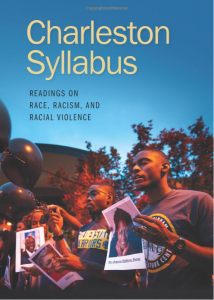
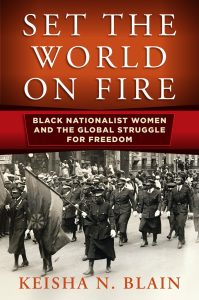
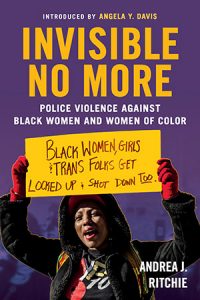
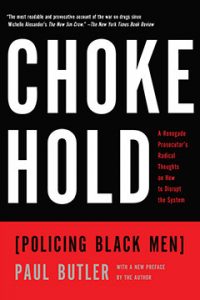
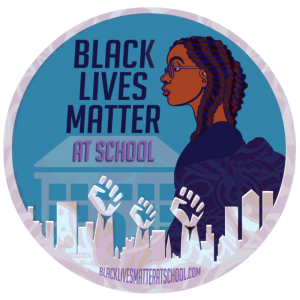
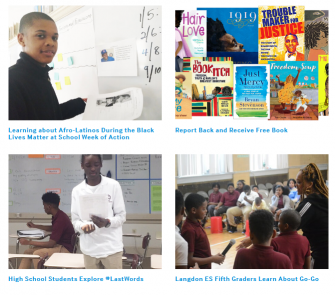
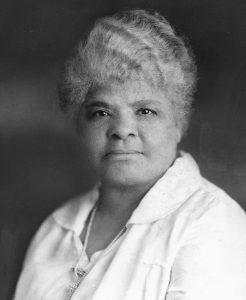
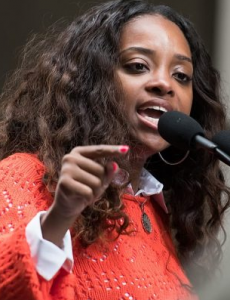
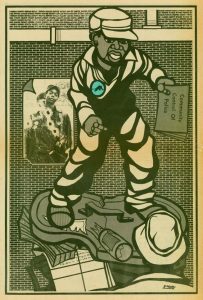
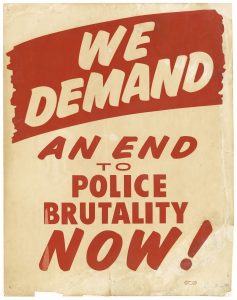
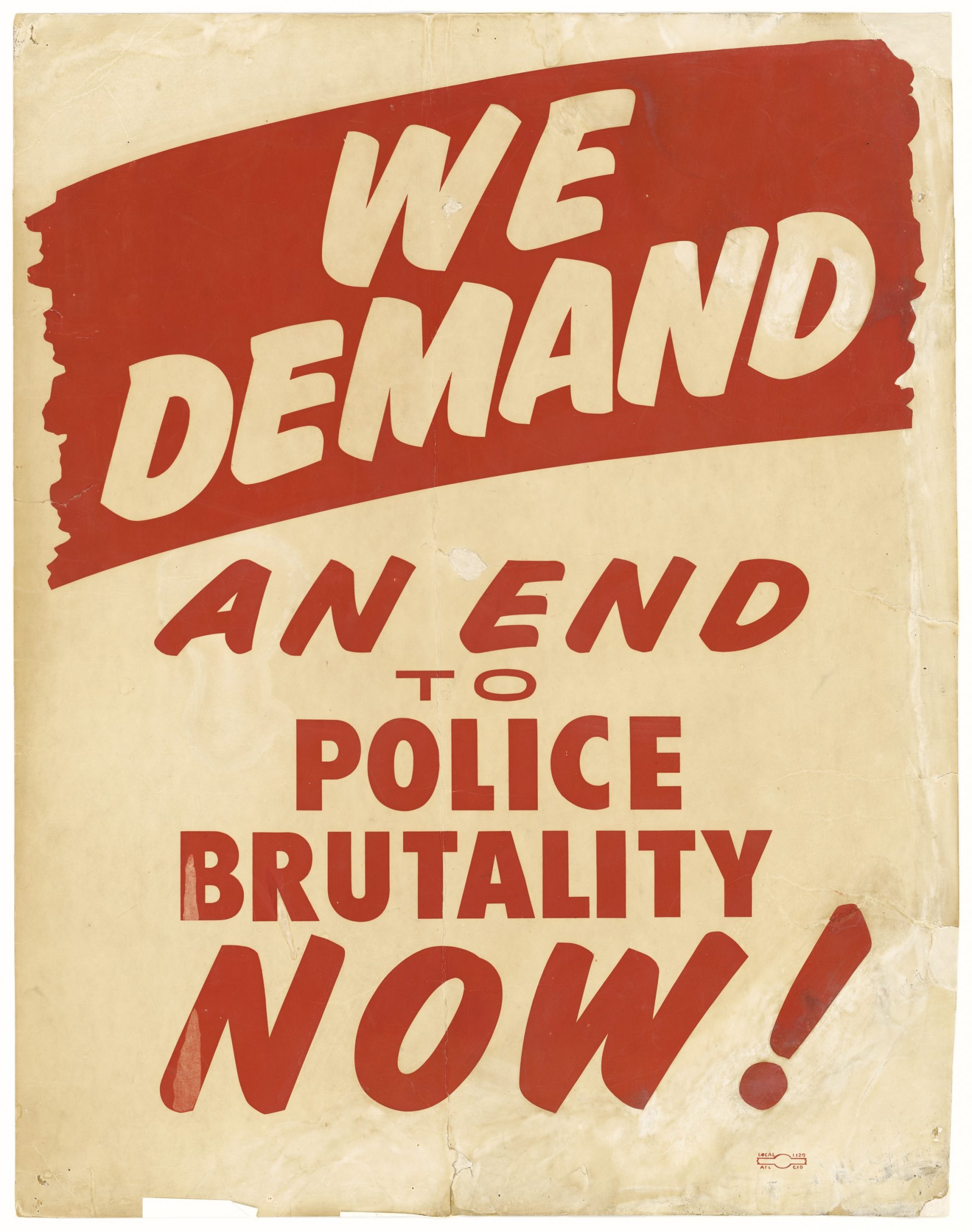
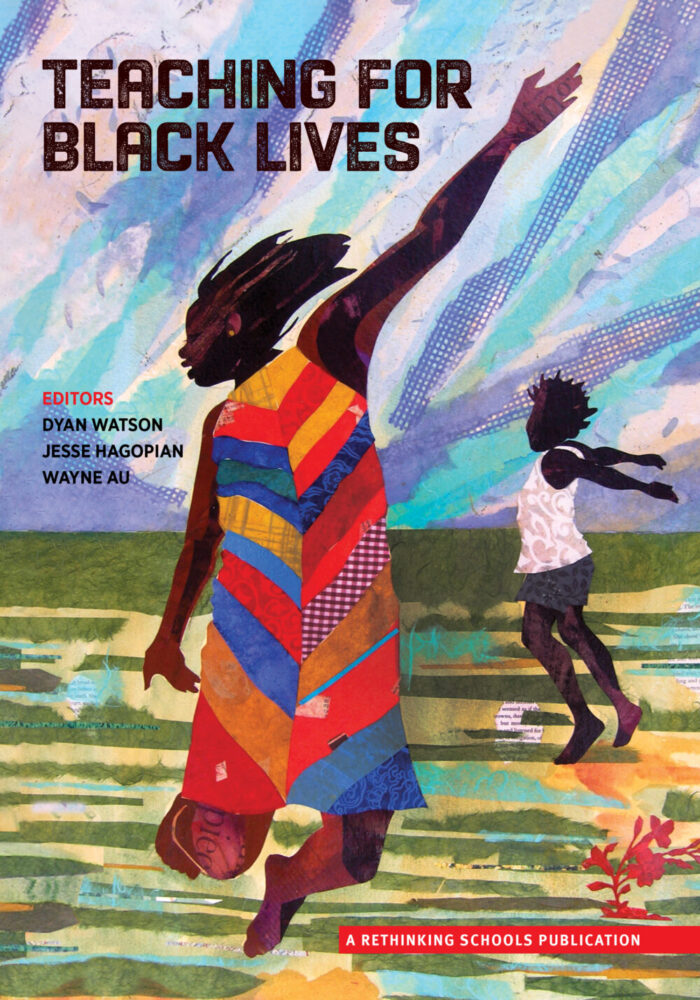





Twitter
Google plus
LinkedIn